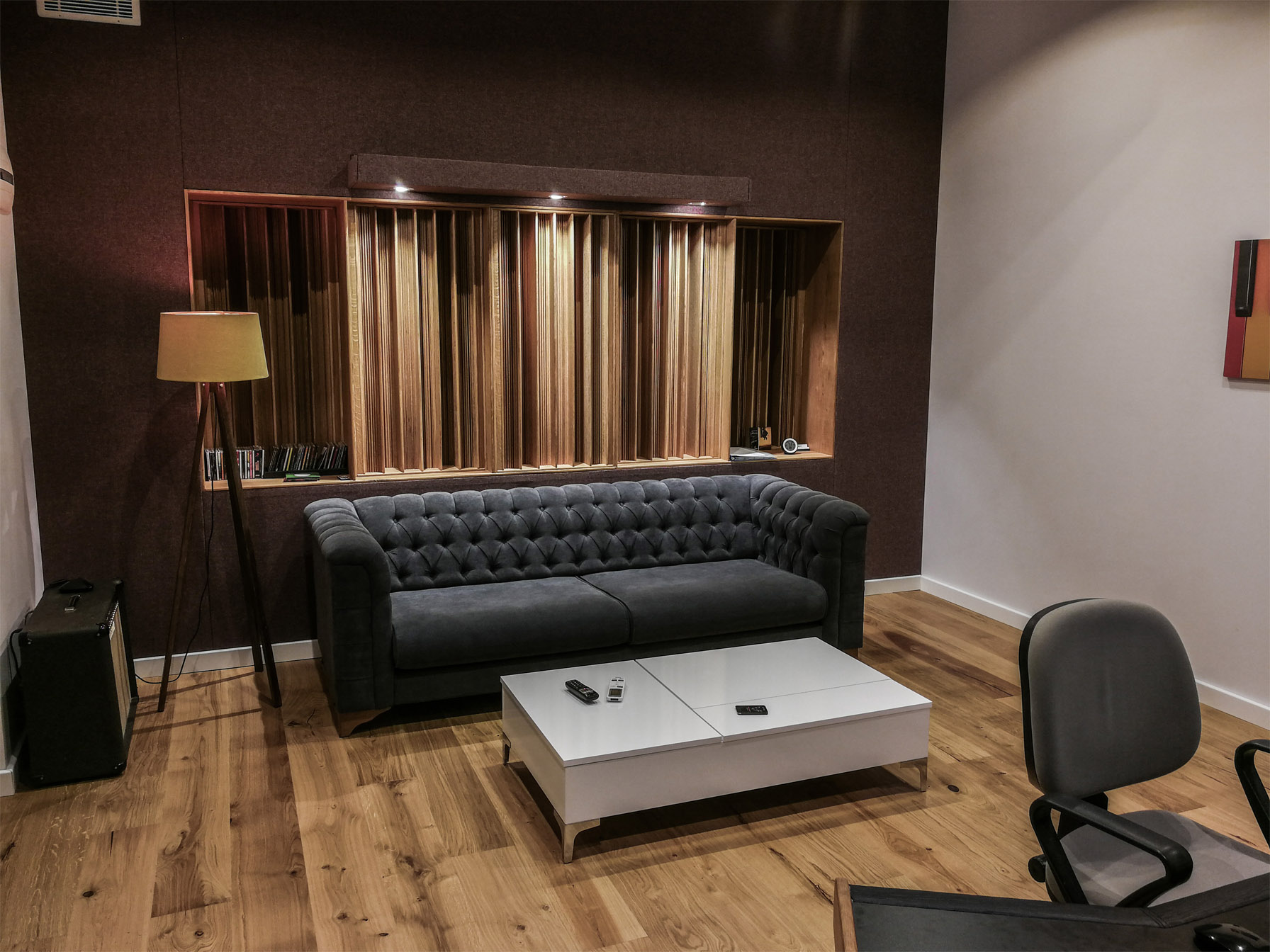For anyone interested, some more info about Oratory as requested. Like I said in
this post, he is a professional acoustic (and field application) engineer who has worked in acoustic R&D (including extensive headphone measurements of course) and designing transducers as part of the company he works for (which includes some ex-AKG employees who he works with). He has degrees in both Technical Physics, and Energy & Measurement Technology, the latter a master's (MSc), with specialization in acoustics and psychoacoustics. He is also a musician, music creator and recording artist and former audio engineer with his own recording studio, so he knows intimately both sides of the audio production / reproduction chain, the close matching of these two sides in terms of sound heard being paramount in achieving high fidelity sound reproduction (including in headphones). Oh and according to Harman's classifications he's also a trained listener, passing level 8 of their How to Listen software, which he's said he actually didn't find that hard and didn't attempt higher levels, so his ability could be even better than this.
As for his equipment and methodology, his rig is the closest commercial analogue to that which Harman used when developing their target and preference formula, so is most likely to accord with their results of the ones publicly available to consumers. (By coupler I was specifically talking about the GRAS RA0045, not including the anthropometric pinnae, which were custom made by Harman but for which the pliable GRAS KB5000/5001 used by Oratory are a good analogue "that more accurately measures leakage effects of humans" according to Harman). Here he describes his measurement process:
And here his averaging and preference rating calculation methodology (posted earlier in this very thread by
@MZKM in response to asking him about this):
As for his EQ profiles, they are not auto-generated. He does them manually based on his measurements, aiming for the Harman target but checking for non-minimum phase parts of the frequency response that cannot be effectively EQed, making sure post-EQ distortion is below audible levels, considering sealing issues, as well as carefully listening to the headphones and making fine-tune adjustments by ear if necessary of course.
I hope everyone now understands why I recommend his measurements and EQ profiles over any others. I'm not aware of any other resource that offers
hundreds of freely available headphone measurements and EQ profiles using the closest commercial analogue of Harman's equipment, made by someone with as high a level of specific professional expertise in measuring headphones combined with a broader body of experience and knowledge of both the production and reproduction ends of the audio chain, all for zero commercial or competitive benefit (e.g. website traffic metrics) or 'success' / fame (he remains anonymous after all), just doing it out of pure passion for headphones and a desire to spread truth about the science of audio. If anyone wants to know more details about him, his methodology, or advice on how to professionally measure headphones, they can send him a (polite) DM
on Reddit, and I'm sure he'll give a detailed, thoughtful reply (as he did for MZKM and has done in the past for me and countless others on Reddit).
I am not comfortable giving his real name or other identifiable details over the internet without his permission (this could also be classed as doxing, which is actually illegal in some countries). Everyone should have the right to online privacy. As for the companies he's designed transducers for, that's under NDAs, as he says in this very interesting and enlightening interview / discussion hosted by headphones.com:
And here's part 2 in which the also highly knowledgeable
@Mad_Economist joins them halfway through:
Just a bunch of nice, rational guys passionate about headphones having an informed, cordial discussion about audio, free from any aggro, competitiveness or tribalism. How refreshing


